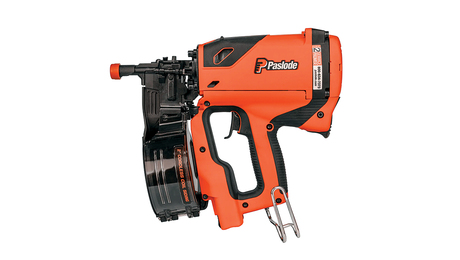Condensation problem with gas fireplace
In a recent house construction project, I had a HeatnGlo LP fireplace installed by a dealer. It is a direct spark model (Cresent) and is fully isolated from the house interior (it obtains its fresh air from the outside and has a glass front on the firebox). The flue goes straight up for 17 feet using double walled 6″ metal flue pipe. The first 5 feet are in the interior room.
This house is in a cold winter climate with temperatures continually below freezing for 3 months a year. The problem is that condensation forms on the metal flue in the attic area and melts when the fireplace is operated or the sun’s rays warm the flue above the roof. This water then drips down the flue and causes wet spots on the ceiling. I have tried wrapping the flue in the attic area with insulation with no success. After removing the insulation, I built an insulated box (1 foot by 1 foot) around the flue from the ceiling to the roof level 11 feet high (basically extending the room upwards around the flue – fully insulated to R30 with vapour barrier on the warm side). This was somewhat more successful reducing the condensation but not completely reducing it.
The original installers have admitted it was their first experience direct spark unit and have no further suggestions. My attempts to contact HeatnGlo directly have been met with silence. Does anyone out there experience with direct spark fireplaces and have any suggestions?















Replies
Dear D,
The condensation is far more likely to be coming from moisture in the house air that from the heater.
If that is truly the case, you can find a repair tutorial here.
Regards, Fred
[email protected]
Edited 3/24/2002 8:00:47 PM ET by Fred
I fully agree that the moisture is coming from the warm air in the house. The insulated chimney chase was built and sealed as described in the article you referenced.
One area which I am a little suspect of is the vent pipe itself. It is Simpson Duravent. This is a double pipe which twist locks together with about a 1/4 turn. The inner pipe is used for the fireplace exhaust and the outer pipe supplies fresh air to the fireplace. It comes in 4 foot lengths which are twisted together to form the chimney. The joints do not appear to be very tight. I am thinking of sealing those joints with aluminum tape or high temperature caulking.